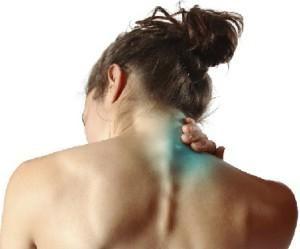Gymnastics for the neck with osteochondrosis
Osteochondrosis is a serious disease, the essence of which is reduced to a pronounced lesion of the articular cartilage, resulting in a violation of the normal function of the joint.
In relation to directly cervical osteochondrosis, this disease in most cases develops due to the destruction of the articular tissues of the intervertebral discs, which occurs mainly under the influence of various kinds of adverse external influences.

Among the most common causes of osteochondrosis, there is, first of all, a sedentary lifestyle associated, for example, with working at a computer in an uncomfortable position.

What is remarkable and, at the same time, extremely alarming, the disease is rapidly getting younger - today the pathology is observed even in 30-year-old patients, although a short time ago the disease was diagnosed mainly in people of retirement age.

After reviewing the information below, you will get a general idea of cervical osteochondrosis and get acquainted in detail with the features of gymnastics, which can alleviate the patient's condition and minimize the risk of progression of the disease.

The vertebrae that make up the structural composition of the cervical spine are much smaller than the lumbar vertebrae. Many nerve endings and blood vessels pass through the neck. Even slight stress leads to their squeezing.
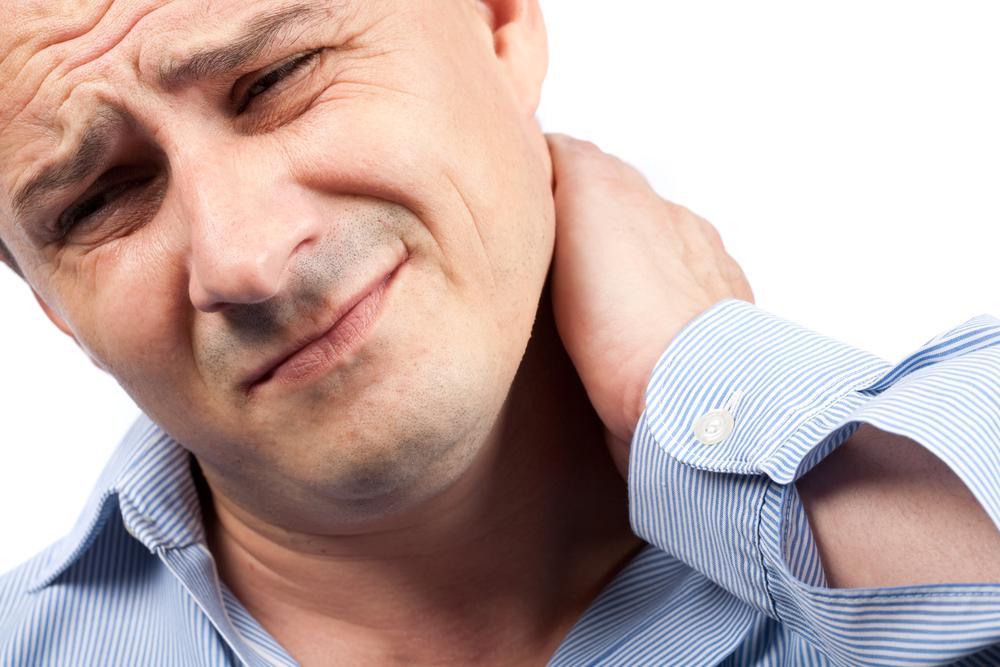
If this happens regularly, the patency of the vessels decreases, which causes hernias, swelling and other problems. So, against the background of impaired blood supply, inflammation can develop, provoking a variety of pathological processes, up to disability.
How does cervical osteochondrosis manifest itself?
The features of the manifestation of this disease depend on its type (the term "osteochondrosis" is used as a generalized name for several ailments with a similar nature). Information on this subject is given in the table.
Table. Symptoms of cervical osteochondrosis
| Possible diseases | Characteristic features |
|---|---|
| It is characterized by painful sensations that “radiate” from the neck to the shoulder blades and further along the upper limbs. There may be a decrease in the sensitivity of the hands. |
| The pain is localized mainly in the region of the neck and neck. It is "drilling", has a high intensity. May radiate to chest and shoulders. |
| Usually accompanied by constant headaches. There may be noise and hum in the ears, blurred vision, dizziness. It is the most dangerous type of osteochondrosis, because. with this form of the disease, there is a violation of the blood circulation of the brain. Only therapeutic exercises in the case of this pathology will definitely not be enough. |
| Patients complain of pain in the neck, which can spread to the chest and shoulder blades. Unpleasant sensations become more pronounced when moving the head, sneezing, coughing. |
When can you exercise?
Therapeutic exercises are very effective in the case of childhood osteochondrosis - in young patients, the disease in question occurs mainly as a complication of the existing curvature of the spine.

The latter, in turn, is most often formed due to improper distribution of loads. If the pathology was noticed in the initial stages, the construction of strong muscles will allow to stop the curvature and exclude the possibility of subsequent development of complications.

Therapeutic gymnastics, in addition to the development of the muscles of the back and neck, helps to normalize the processes of blood circulation and eliminate pain.
Along with this, it is impossible to resort to the use of such physical education in the case when osteochondrosis of the cervical region is already "earned", or if the patient's condition is accompanied by very severe pain, it is impossible. In this case, the procedure is determined solely by the attending physician. As a rule, you first have to undergo drug treatment in combination with manual therapeutic methods, and only after that resort to physical culture.
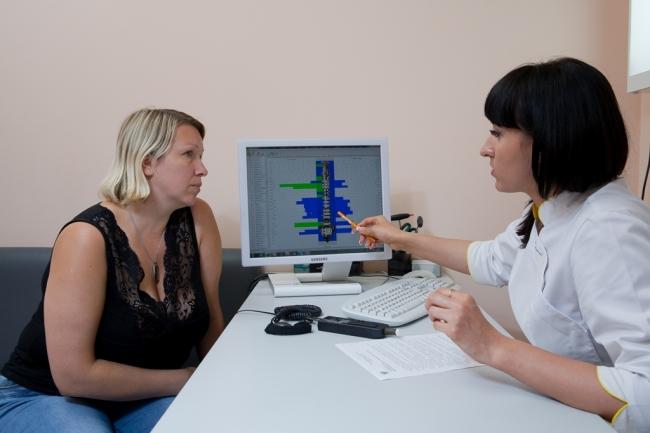
Important! If the course of the underlying disease is complicated by a hernia, standard sets of exercises for the treatment of cervical osteochondrosis will not work. In this case, the composition of the training will be selected by the doctor individually, taking into account the characteristics of the condition of a particular patient.
Adult patients with mild osteochondrosis, in addition to exercise therapy, may be recommended to visit Pilates, swimming pool, yoga, gym. The pool is the best for kids.

The exercises in question can be done by representatives of any age group, provided there are no individual contraindications.
Important! Information about any exercises is provided for informational purposes only. Do not start exercising without first consulting with your doctor and without obtaining his approval. If you experience pain or any discomfort during the exercise, stop exercising and report the incident to your treating specialist.
Important notes before doing the exercises
The following list of simple rules will allow you to avoid mistakes and adverse consequences, while extracting the maximum benefit from the proposed set of exercises.
First, practice daily. If the doctor does not mind, you can work out the neck even several times a day. The recommendation is especially relevant for office workers. During the day, exercises can be done in a sitting position, in the morning and in the evening - standing.

Secondly, in the absence of medical contraindications, exercises can be combined with light self-massage.

Thirdly, in parallel with the study of the neck, work on strengthening the arms and muscles of the shoulder girdle, if possible.


Fourth, if due to the nature of your work activity you have to sit at the computer for a long time, take a 15-minute break at least every 1.5 hours and devote time to therapeutic exercises.
Overview of the most effective exercises

- Sit on a chair. Align your back and neck. After that, gently turn your head first in one direction, then in the opposite direction. Repeat up to 10-12 times. Regularly performing this elementary exercise, you will improve the mobility of the vertebrae.
- While still sitting in the chair and keeping your back straight, lower your head. The task is to touch the chin to the chest. Repeat about 10 times. Thanks to this exercise, you will improve the flexibility of the spine and the elasticity of the muscles.
- While in a familiar position, try to move your neck back. At the same time, pull your chin in while trying to keep your neck bent. Repeat about 10 times.
- Sit down at table. Keep your back straight. Rest on the table with one elbow. Place the palm of the supporting hand on the temple area. Tilt your head towards the palm while counteracting with your hand. Hold for about 10 seconds. Repeat the exercise up to 10 times in both directions, maintaining 10-second breaks. So you strengthen the lateral neck muscles.
- Sit at the table, straighten your back. Place the palm of one hand on your forehead. Press your forehead against your palm while resisting with your hand. Recommendations regarding the duration and number of approaches are similar to the previous exercise. This workout will help develop neck muscles.
- Sit down at table. Place your hands along the body, align your back. While in this position, raise your shoulders as high as you can. Hold for about 10-12 seconds. Relax your shoulders and take 10 breaths. Exercise helps to relax the muscles of the cervical region and increase their elasticity.
- Lie down on a hard, flat surface. With your fingertips, knead the muscles in the back of the head quite intensively and deeply. The recommended duration of the massage is up to 4 minutes. The procedure improves blood flow and eliminates headaches.
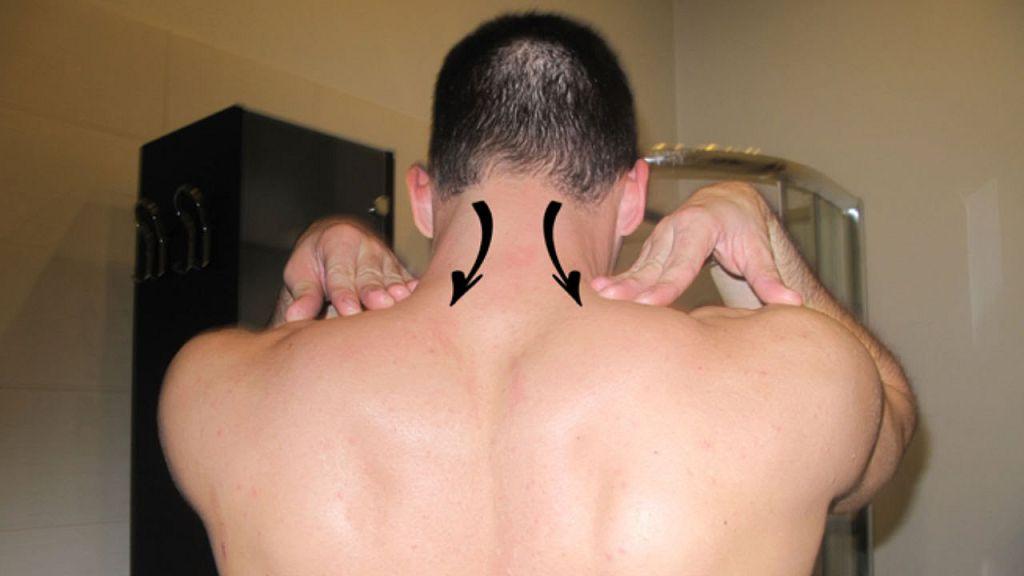
- Continuing to lie down, rub and knead the area between the shoulder blades and above them with your hands. The duration of the massage is up to 5-6 minutes. It is more convenient if you have an assistant. At first, such an effect may cause some discomfort and even pain, but rather quickly the adverse sensations will disappear. The procedure helps to normalize blood flow.
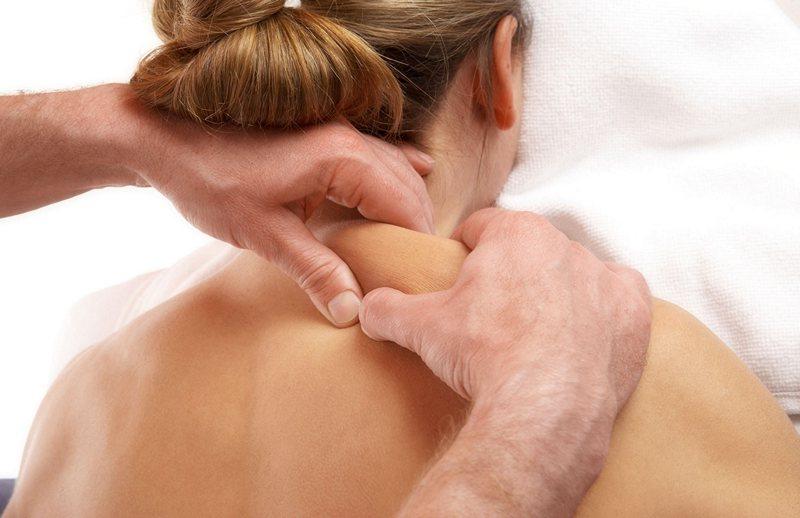
- Make a light circular massage of the temples, acting on them with your fingertips. This will help reduce the severity of dizziness and headaches.
First, remember the relationship of pain in the neck with adverse external influences. For example, low temperatures and drafts can lead to excessive muscle tension. If this phenomenon occurs regularly, the likelihood of developing osteochondrosis will increase significantly. Take care of yourself and protect your neck from drafts, excessively humid air, cold and other similar effects with a scarf or other available means.

Secondly, do not try to endure headaches. Osteochondrosis of the cervical region is often accompanied by discomfort in this area, which occurs due to excessive tension in the neck and shoulders. To normalize your condition, do a light massage of the temples. It is performed with movements that spread around the circumference from the ears to the eyes.

Third, avoid circular head movements. In the case of cervical osteochondrosis, they will cause severe pain and generally worsen the condition, provoking the occurrence of many soft tissue injuries.
Fourth, do not use any medicines and tools for the treatment of cervical osteochondrosis without a doctor's prescription. For example, devices for stretching the vertebrae are now being actively advertised. The latter, in turn, are very sensitive to any kind of influence. The slightest violation of safety precautions can lead to extremely serious injuries and even cause damage to the spinal cord.



